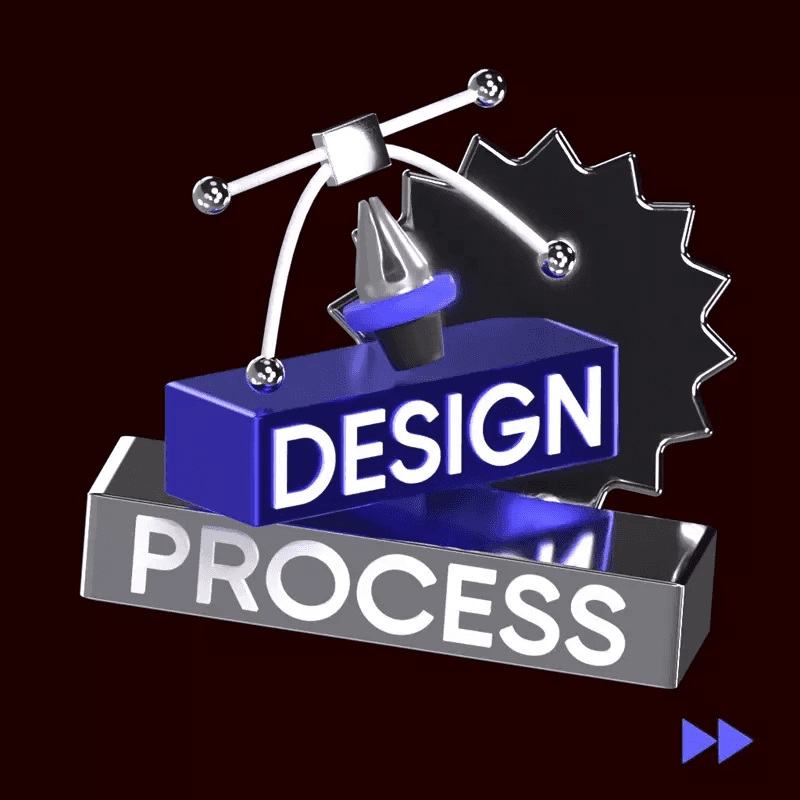Material Design Visualization
Material Design Visualization
Material Design Visualization
Material Design Visualization refers to the use of Google's Material Design principles in creating visual representations of data, information, or interfaces. Material Design is a design language developed by Google that emphasizes the use of grid-based layouts, responsive animations, and depth effects such as lighting and shadows to create a cohesive and intuitive user experience.
When applied to visualization, Material Design principles help designers create visually appealing and user-friendly representations of complex data sets. This includes charts, graphs, dashboards, and other visual elements that help users understand and interact with data more effectively.
Key elements of Material Design Visualization include:
Consistent use of color, typography, and iconography to create a unified visual language
Responsive design that adapts to different screen sizes and devices
Intuitive navigation and interaction patterns that make it easy for users to explore and interact with data
Use of animations and transitions to provide visual feedback and enhance the user experience
By following Material Design principles in visualization, designers can create visually engaging and user-friendly interfaces that help users make sense of complex data and information.
15,000+ customizable 3D design assets
for UI/UX, website, app design and more


quote post


Information post


marketing post
Sign up for free
View All
A
B
C
D
E
F
G
H
I
J
K
L
M
N
O
P
Q
R
S
T
U
V
W
X
Y
Z
#
View All
A
B
C
D
E
F
G
H
I
J
K
L
M
N
O
P
Q
R
S
T
U
V
W
X
Y
Z
#
View All
A
B
C
D
E
F
G
H
I
J
K
L
M
N
O
P
Q
R
S
T
U
V
W
X
Y
Z
#
Tools
Create
Tools
Create